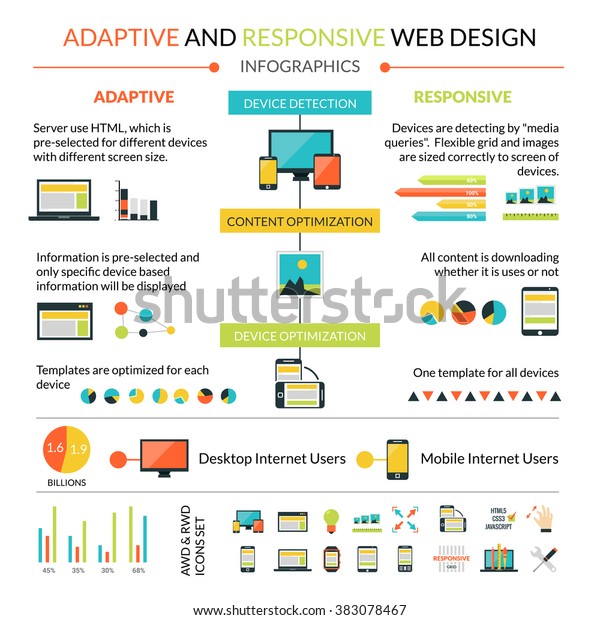Fascinated In Discovering How Internet Site Design Has Altered Over The Years? Discover The Progression From Fundamental, Simple Designs To User-Centered Strategies That Focus On The Requirements And Preferences Of Online Visitors
Fascinated In Discovering How Internet Site Design Has Altered Over The Years? Discover The Progression From Fundamental, Simple Designs To User-Centered Strategies That Focus On The Requirements And Preferences Of Online Visitors
Blog Article
Content Written By-Monroe Vangsgaard
In the past, sites were straightforward and concentrated on info. Navigating was direct, and design was for desktop computers. Now, customer experience is essential. Data overviews designs for easy navigating. Receptive designs fit different tools. Today, dark mode decreases stress, and minimalist food selections boost navigation. Interactive functions engage customers, and strong visuals stand out. AI combination increases interaction. See just how style has advanced to enhance your on-line trip.
Early Days of Website Design
In the early days of web design, simplicity reigned supreme. Web sites were standard, with minimal colors, fonts, and designs. The focus was on giving information instead of fancy visuals. Users accessed the net via slow-moving dial-up connections, so rate and performance were crucial.
Navigation menus were straightforward, normally located at the top or side of the page. Websites were designed for home computer, as mobile browsing had not been yet common. Content was king, and developers focused on easy readability over intricate layout aspects.
HTML was the key coding language used, and designers had to work within its restrictions. mouse click the following internet site and interactive features were very little contrasted to today's requirements. Sites were static, with little vibrant content or personalized user experiences.
Increase of User-Focused Style
With the evolution of website layout, a shift towards user-focused layout principles has actually ended up being increasingly prominent. Today, producing sites that focus on user experience is essential for engaging visitors and attaining company objectives. User-focused layout involves understanding the requirements, preferences, and actions of your target market to customize the site's layout, content, and features appropriately.
Designers currently conduct complete research, such as user studies and functionality testing, to collect insights and comments straight from users. please click the next internet page -driven approach helps in developing user-friendly navigating, clear calls-to-action, and aesthetically enticing user interfaces that resonate with site visitors. By placing the customer at the center of the layout process, sites can provide a much more tailored and pleasurable experience.
Responsive design has additionally become a key element of user-focused design, guaranteeing that sites are enhanced for different gadgets and screen sizes. This flexibility improves access and functionality, satisfying the varied methods individuals communicate with web sites today. Fundamentally, the increase of user-focused style represents a shift towards creating digital experiences that prioritize the requirements and expectations of the end customer.
Modern Trends in Website Design
Explore the most up to date fads shaping web design today. One prominent trend is dark mode style, providing a smooth and modern appearance while reducing eye stress in low-light atmospheres. An additional vital trend is minimalist navigating, simplifying food selections and improving individual experience by focusing on essential elements. Integrating micro-interactions, such as animated switches or scrolling results, can create a more appealing and interactive internet site. Receptive layout remains vital, ensuring seamless individual experiences throughout different devices. Furthermore, utilizing strong typography and asymmetrical formats can include visual rate of interest and accentuate specific material.
Integrating AI technology, like chatbots for client support or tailored referrals, enhances individual engagement and streamlines processes. Availability has likewise become a significant pattern, with developers prioritizing comprehensive layout methods to cater to varied user requirements. Welcoming sustainability by enhancing website efficiency for speed and performance is one more emerging pattern in web design. Working together with individual responses and information analytics to repeat and enhance design continuously is important for remaining relevant in the ever-evolving digital landscape. By accepting these contemporary patterns, you can develop an aesthetically appealing, easy to use website that resonates with your target market.
Verdict
As you assess the advancement of internet site layout from the early days to currently, you can see exactly how user-focused style has become the driving pressure behind modern-day patterns.
Welcome the journey of modification and adjustment in web design, constantly maintaining the individual experience at the center.
Keep present with the most up to date fads and innovations, and never ever quit developing your approach to produce visually sensational and straightforward sites.
Progress, adjust, and produce - the future of website design remains in your hands.
